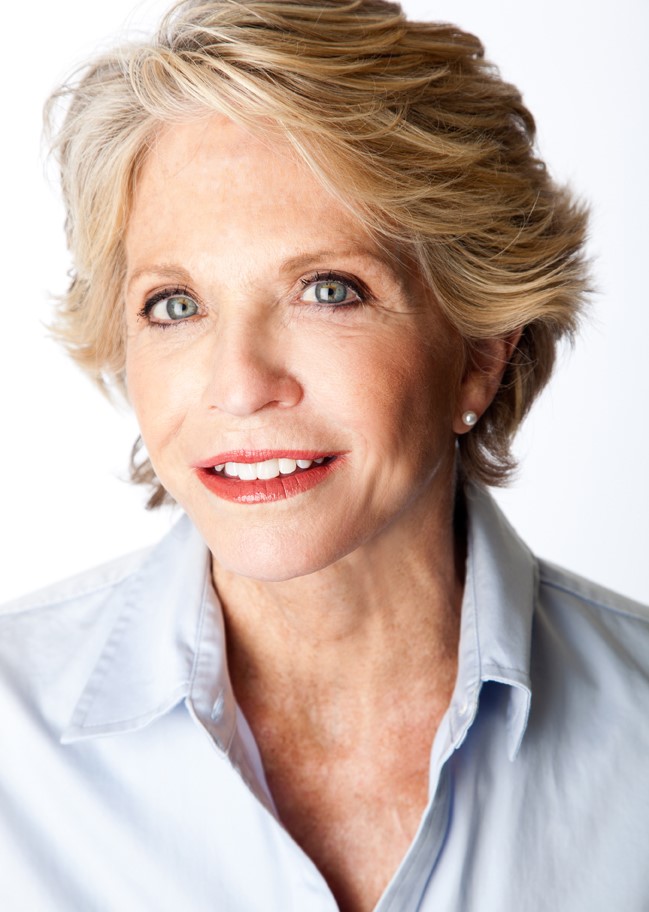
Justice by Design: Can legal tech deliver on its promise?
Justice can be defined as the quality of being impartial or fair. In practice, fairness has never been evenly distributed. Access to justice has always been available to those who can afford it, while those without the necessary means were often left to their own devices. That unfortunate reality reflects inherent inequity; when only the wealthiest in a society can afford legal representation, injustice inevitably follows.
Historically, many attempts have been made to expand access to affordable legal services. Approaches have included encouraging pro bono work, publicly funding legal aid offices and enacting provisional laws that enable nonlawyers to engage in the limited practice of law. Together, these efforts have reduced the gap somewhat, but a large percentage of those in need of legal services remains underserved.
Technological innovation has long been offered as a possible solution. One theory is that with the right software, lawyers can work more efficiently and take on more cases. Alternatively, legal consumers can use online tools and information to effectively navigate the court system on their own. Or perhaps a combination of both approaches will bridge access to justice.
Legal technology providers have leaned into this two-pronged approach over the last two decades, building self-help legal information sites and software that streamlines law practice and law firm operations. Those efforts certainly helped move the needle. However, with continued governmental funding cuts and the increasing cost of legal services, affordable representation for all has remained frustratingly elusive.
Artificial intelligence’s vast potential
Enter artificial intelligence and its promise of a new dawn of legal representation. Lawyers would be freed from the anchors of mundane, tedious work—able to focus more intently on representing more clients more effectively. Legal consumers would have more options available to them, from using AI to assist with navigating the complexities of the court system, representing themselves using AI-drafted documents and advice, or using AI to better choose and interact with their attorneys.
Administrative functions would be supplemented or even replaced by AI. Legal research would be streamlined and simplified; drafting legal documents would take far less time; and the document review process would be drastically shortened, shaving years off complex litigation timelines. Courts supported by AI tools would be more productive, with larger dockets moving more efficiently and faster than ever, and access to justice for all would finally be realized.
We’re not there—yet
So much potential, so little time. Legal technology companies have been racing toward this idealized future, investing money, time and people into developing AI tools that could, at long last, bridge the justice moat.
However, the path from promise to practice is rarely straightforward. For every company promoting its latest AI revolution, there are others working behind the scenes to integrate meaningful AI-powered features into their products that could change the future of legal practice.
Relativity forges a path
These efforts were on full display earlier this month in Chicago at e-discovery software company Relativity’s annual conference, Relativity Fest. News from the conference and discussions with legal technology leaders highlighted the continued push to streamline litigation and increase access to legal information through innovation.
For example, two of the key announcements from Relativity supported the push to encourage new approaches to the rapid development of tools that enable a more just and streamlined litigation process.
First, there’s Rel Labs, Relativity’s new innovation hub, which embodies the industry’s ongoing effort to design the future of legal work more intentionally. Rather than simply releasing another product, Relativity is carving out space for collaboration and inviting developers, startups and partners to build directly into its platform.
Recognizing that no single company can “solve” access to justice, Relativity now offers the opportunity for shared infrastructure and open experimentation. The launch also represents a shift from competition to cooperation and an acknowledgment that sustainable innovation in law depends as much on community as on code.
Another key piece of news is the fifth anniversary of Relativity’s “Justice for Change,” an initiative that supports organizations focused on expanding access to justice. Over the past five years, it has quietly provided hundreds of pro bono and public interest teams with the same data tools from Relativity that are used by major firms. These cases, which range from exonerations to child advocacy, exemplify the tangible benefits technology can offer when it’s made accessible to organizations working for change.
The building blocks of innovation
Other news during the conference included HaystackID’s release of new tools designed to help legal teams authenticate digital evidence, a much-needed effort as courtrooms are flooded with manipulated video and AI-generated content. Its VALID suite helps lawyers determine whether evidence is genuine before it reaches the courtroom. At a time when courts are struggling to address the issue of AI-generated deepfakes, practical innovations like these are exactly what’s required to ensure our justice system runs smoothly.
Similarly, ModeOne shared news of its updated integration with Relativity, which makes it easier for litigators to collect and review mobile data. By streamlining the collection of mobile phone data, manual handling and errors are reduced, resulting in a faster path to the analysis of relevant information.
Together, these practical innovations provide the foundational building blocks of progress. Innovation rarely arrives as a single breakthrough. More often, it’s a collection of steady, practical advances that make it easier to identify relevant information, ensure the reliability of evidence, and increase workflow efficiencies.
The announcements from this conference proved that the innovative spirit is alive and well in the AI era. But the question remains: Will today’s innovation lead to increased and equitable legal representation?
During the conference, I participated in a panel that addressed this very issue, along with many other topics. The panel was comprised of my legal technology journalist colleagues and moderated by David Horrigan, Relativity’s discovery counsel and legal education director. This question of whether AI innovation would bridge the access-to-justice gap inspired a heated debate.
Some panelists suggested that AI software can enable law firms to handle more cases while also providing better self-help tools for self-represented litigants. I argued that capitalism always trumps altruism, and profit-driven corporate decision-making rarely leads to outcomes designed to improve the lives of the indigent. Of course, that’s a rather cynical generalization, but in my experience, it often holds true.
Ultimately, after much debate, the answer to the query turned out to be a very lawyerly one: It depends. AI can help improve access to justice, but everyone agreed that it won’t be the magic bullet to the dilemma.
The path forward
Although the debate raised more questions than it answered, one thing became clear: Progress depends not just on technology itself but on the people and values driving its use. Regardless of the underlying motive, when companies develop AI-powered tools that enable the delivery of more efficient legal services by lawyers who care about access to justice, amazing things can happen.
Technology alone can’t solve the problem, but AI innovation can have a noticeable impact, and that’s what’s so encouraging about this conversation. The focus has shifted from whether innovation belongs in our profession to how it can be used responsibly, thoughtfully and for societal good. If this current momentum and out-of-the-box thinking can be maintained, perhaps justice by design will be more than an aspiration; it may finally become reality.
Nicole Black is a Rochester, New York-based attorney, author and journalist. She is the principal legal insight strategist at 8am, parent company of LawPay, MyCase, CasePeer and Docketwise. She is the nationally recognized author of Cloud Computing for Lawyers and is a co-author of Social Media for Lawyers: The Next Frontier, both published by the American Bar Association. She writes regular columns for ABAJournal.com and Above the Law, has authored hundreds of articles for other publications, and she regularly speaks at conferences regarding the intersection of law and emerging technologies. Follow her on LinkedIn, or she can be reached at [email protected].




